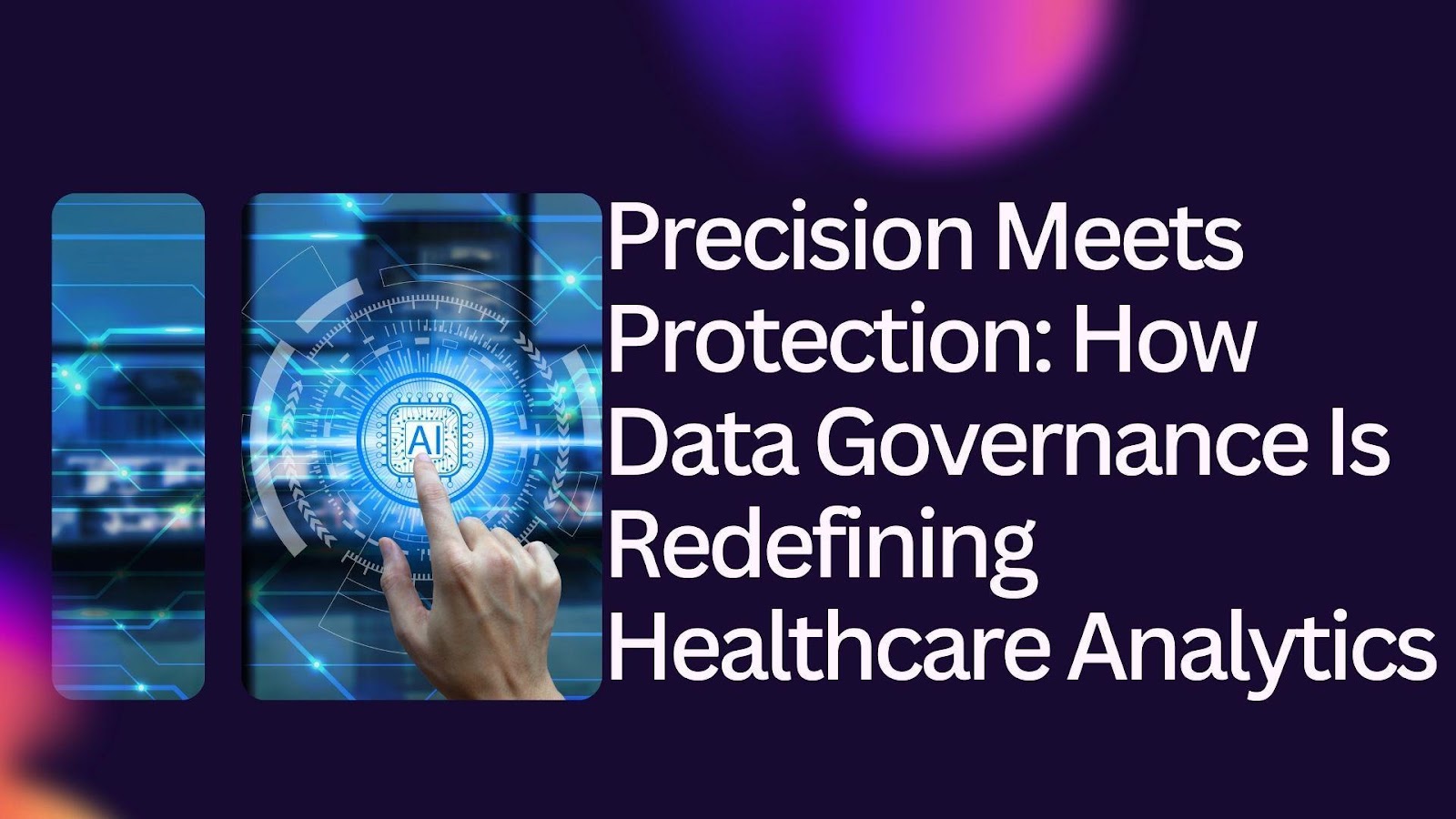In this thought-provoking exploration, Kushal Shah, a healthcare data strategist and technology analyst, examines how healthcare institutions are balancing innovation with regulatory compliance. His work offers rare insight into how analytics can thrive under the constraints of privacy laws.The healthcare industry is experiencing a data revolution. With predictive analytics now employed by 92% of institutions, there’s growing reliance on artificial intelligence and machine learning to enhance patient care and streamline operations. However, this innovation doesn’t come without complications. The need to align advanced technologies with HIPAA regulations has reshaped the digital landscape, forcing healthcare organizations to rethink how they govern data.
In 2023 alone, 2,314 exabytes of healthcare data were generated globally. With this massive growth comes mounting responsibility. Breaches are costly—not just in dollars, but in public trust. Regulatory expectations have intensified, demanding healthcare institutions to incorporate robust data governance models to ensure innovation doesn’t outpace compliance.
The Governance Maturity Advantage
Data governance maturity is more than a buzzword—it’s a quantifiable advantage. Healthcare organizations that implemented mature governance frameworks witnessed a 78% reduction in HIPAA violations and a 42% boost in actionable analytics insights. These structures empower institutions to extract meaningful insights while reinforcing data integrity and security.
Fortifying Digital Defenses
Security isn’t optional—it’s foundational. Contextual role-based access controls (RBAC), where user permissions adapt based on clinical scenarios, have significantly reduced unauthorized access incidents. Layering these with risk-based authentication and behavior analytics creates a dynamic security environment that identifies threats early and limits damage.
Encryption practices have also evolved. While 87.3% of organizations secure structured data with AES-256, gaps persist in protecting unstructured data. Hardware-based key management and consistent key rotation protocols are critical to safeguarding health records, yet remain inconsistently applied across the industry.
Making Privacy Practical: Masking and De-Identification
Data anonymization has advanced from basic masking to mathematically backed differential privacy techniques, which protect individual identities while retaining analytical utility. Synthetic data generation—particularly using generative AI—is becoming a linchpin in privacy-preserving research and development, enabling safe, scalable innovation.One standout technique, homomorphic encryption, allows data analysis while keeping the data encrypted. Though still in its infancy due to computational demands.
Data Quality: The Unsung Hero
High-quality data underpins effective analytics. Organizations using master data management (MDM) have seen up to a 67.4% reduction in data errors and a dramatic increase in patient record accuracy. This isn’t just a technical win—it translates to real-world benefits like fewer duplicate tests and improved billing accuracy.Additionally, machine learning-powered validation protocols now catch issues traditional rule-based systems miss. These automated processes have slashed data prep times by nearly 65%, boosting confidence in analytics outputs and increasing user trust.
Lifecycle Intelligence: Managing Data from Cradle to Grave
The explosion of healthcare data calls for disciplined lifecycle management. Organizations that classify data for retention and apply tiered storage based on usage patterns save on infrastructure costs while complying with disposal mandates. Leaders in this space spend less than half as much on storage as their less mature peers, demonstrating that smart classification equals operational efficiency.Metadata repositories and lineage tracking tools are also becoming essential. They help teams trace the origin of data issues, enable faster troubleshooting, and facilitate greater collaboration among clinicians, analysts, and IT personnel.
Infrastructure That Enables, Not Restricts
Modern analytics platforms are moving toward zone-based secure data lakes, multi-cloud environments, and containerized workloads. These flexible infrastructures require stringent access controls, encryption practices, and secure APIs to remain compliant. When executed correctly, organizations see dramatic reductions in security incidents and development times.
In conclusion,Healthcare organizations are not just adapting—they’re evolving. As demonstrated throughout the article by Kushal Shah, the most successful institutions are those that treat governance not as a barrier but as a blueprint for innovation. By embedding privacy into every layer of their analytics infrastructure, they’re delivering safer, smarter care without sacrificing compliance.Kushal Shah reminds us that the future of healthcare analytics lies in harmonizing cutting-edge insights with enduring ethical responsibility—a balance that transforms patient outcomes while safeguarding public trust.

































